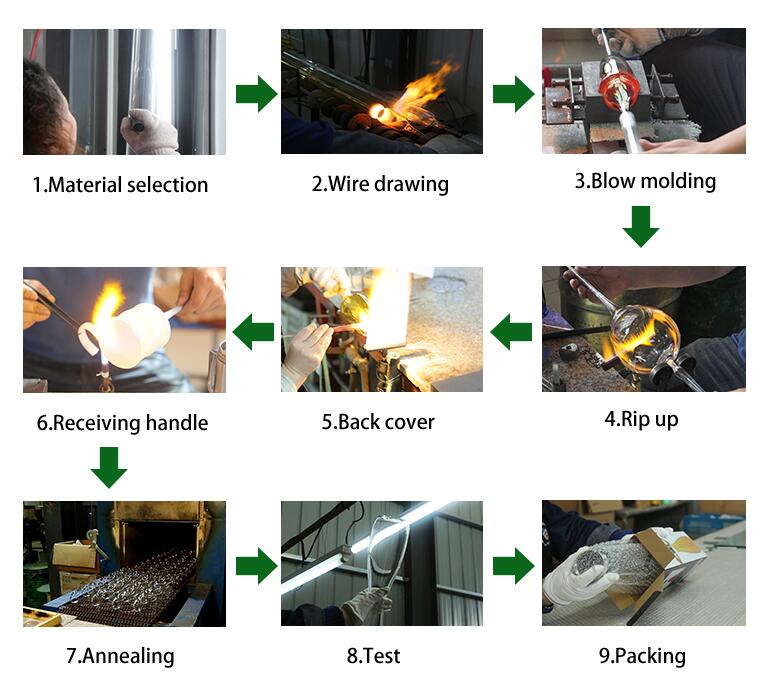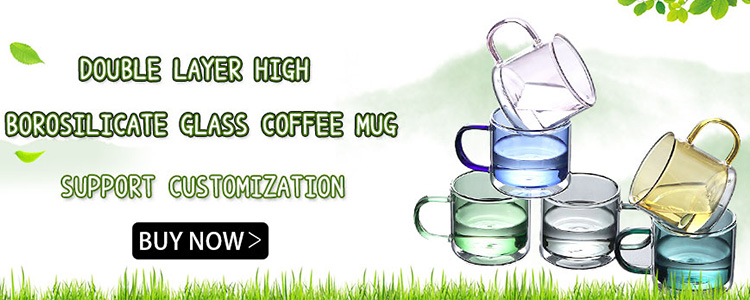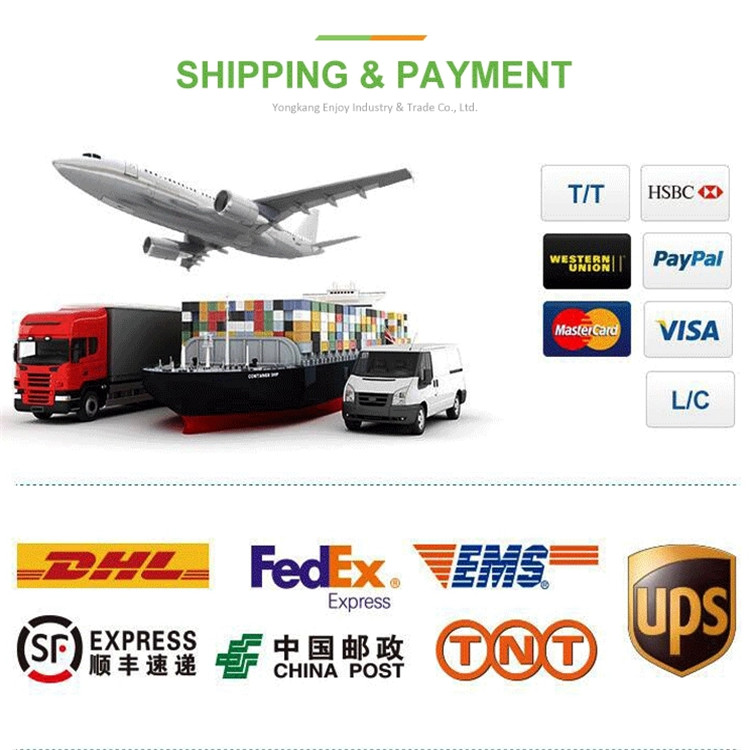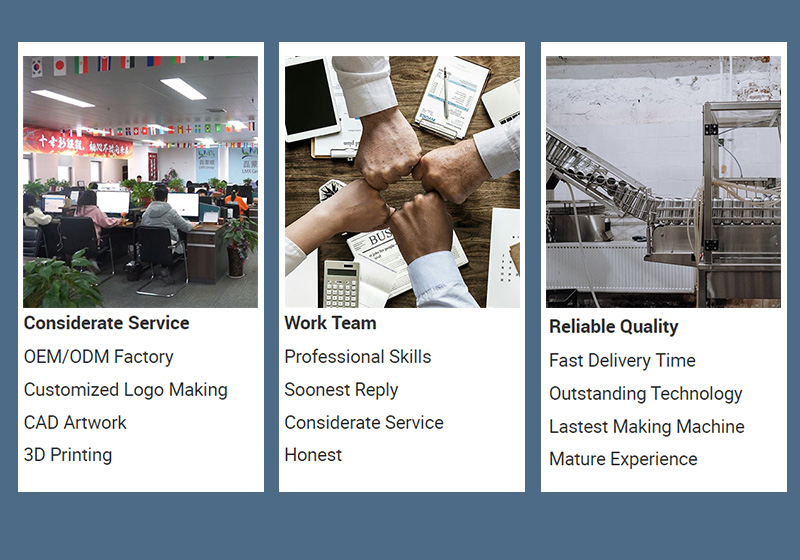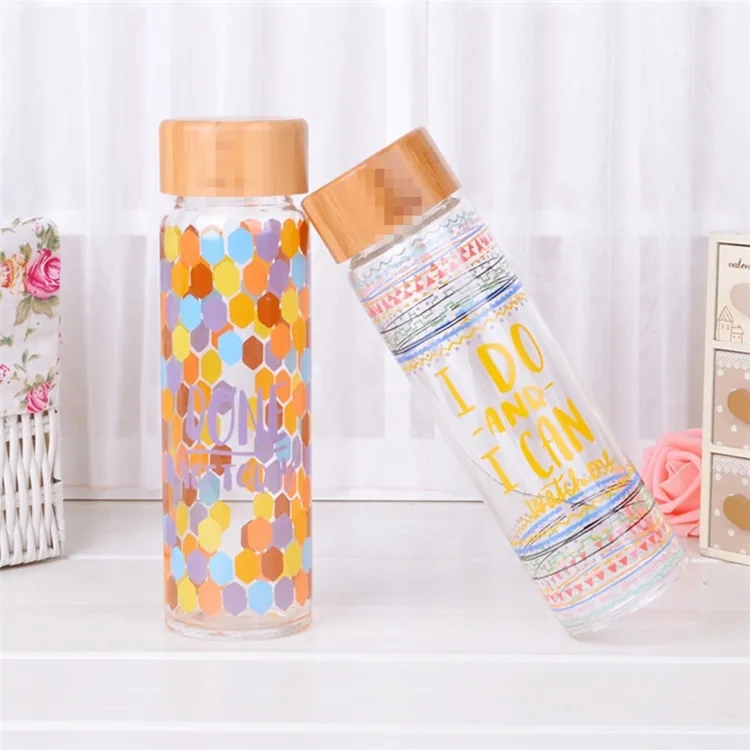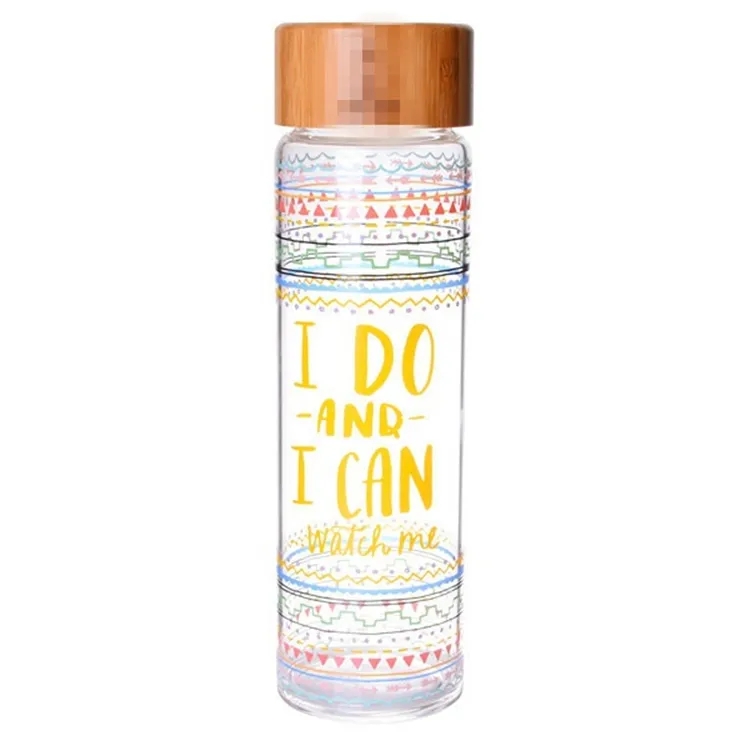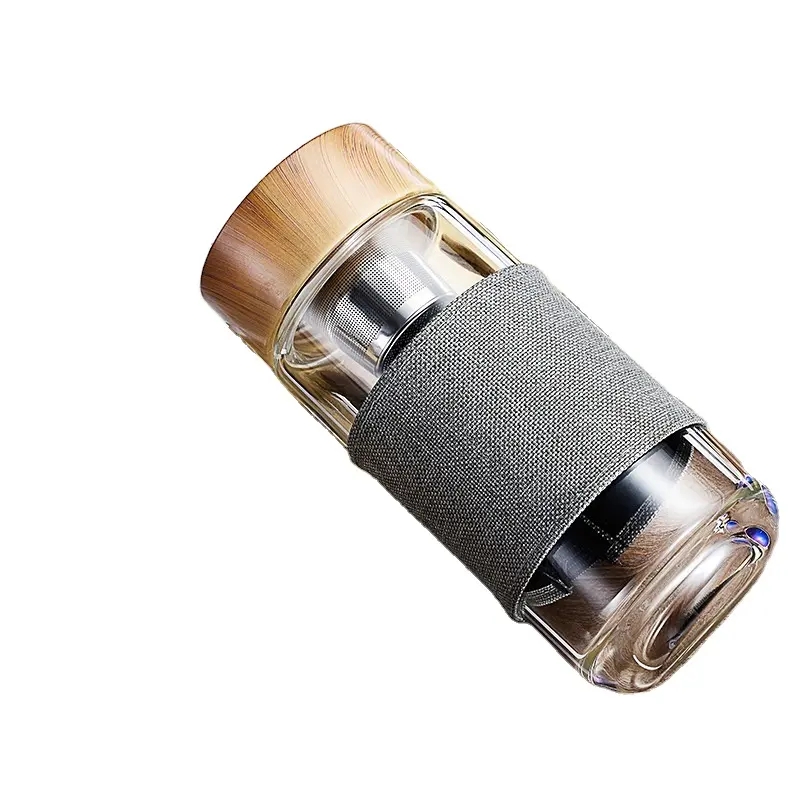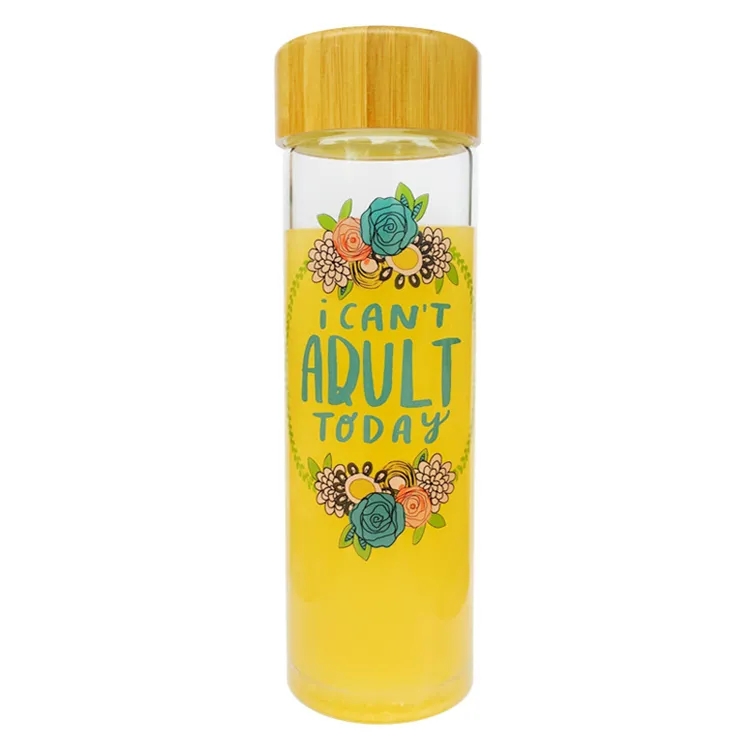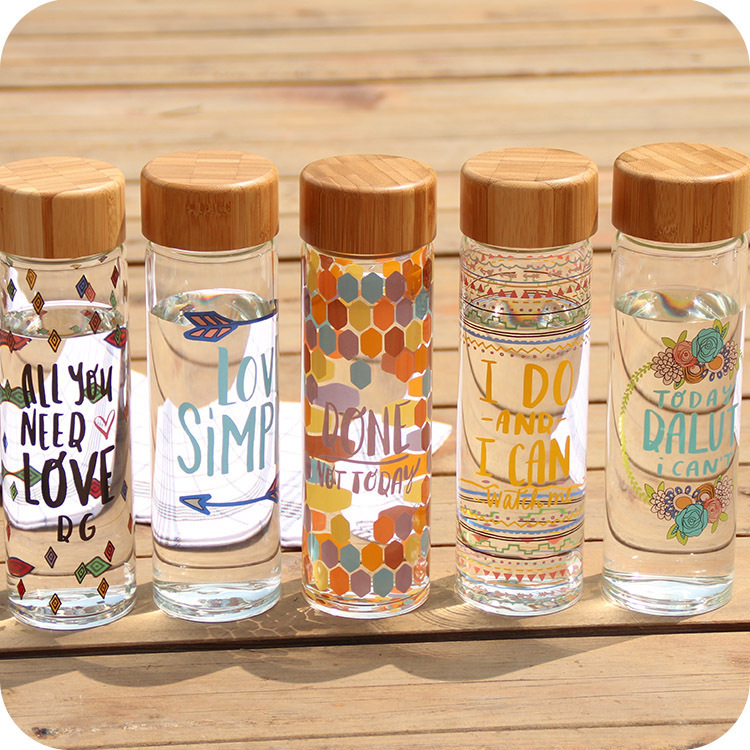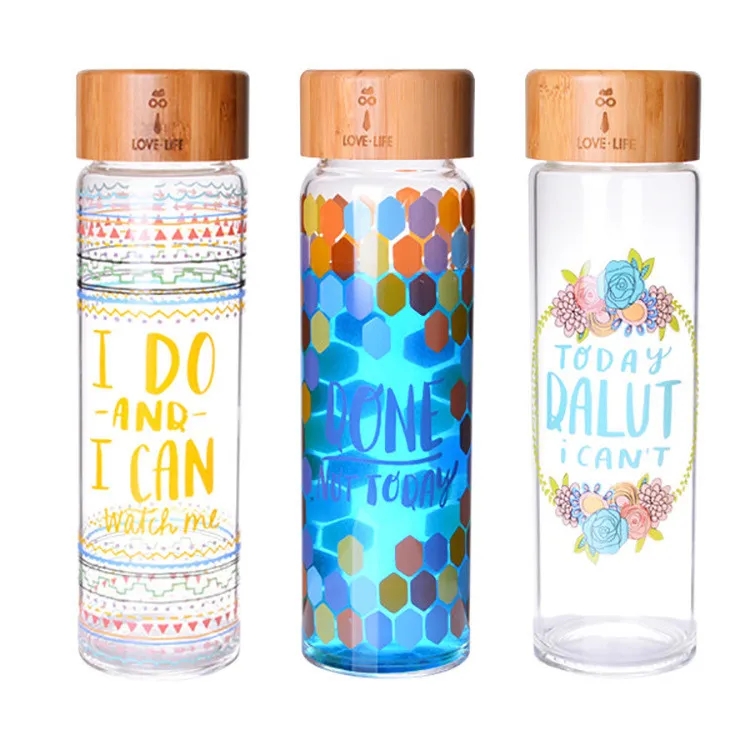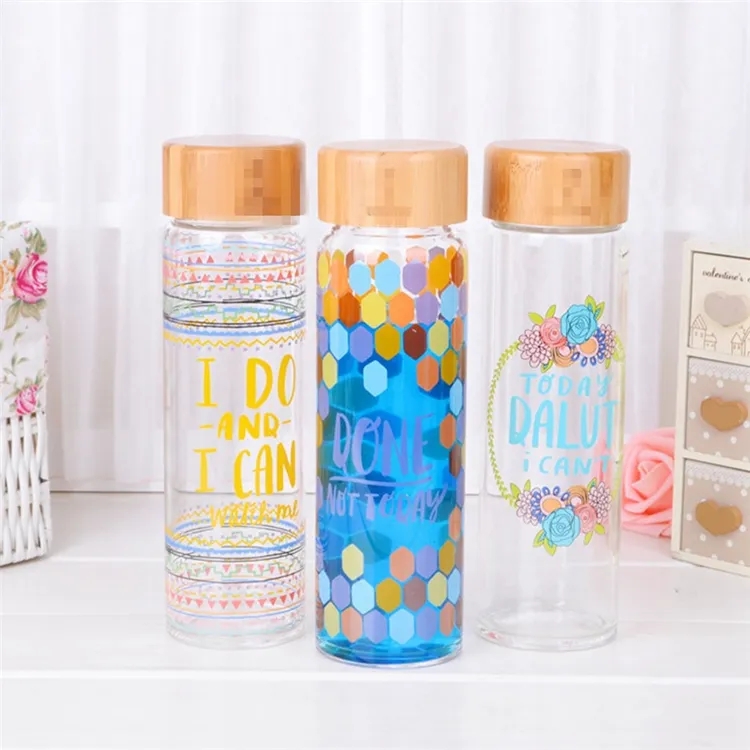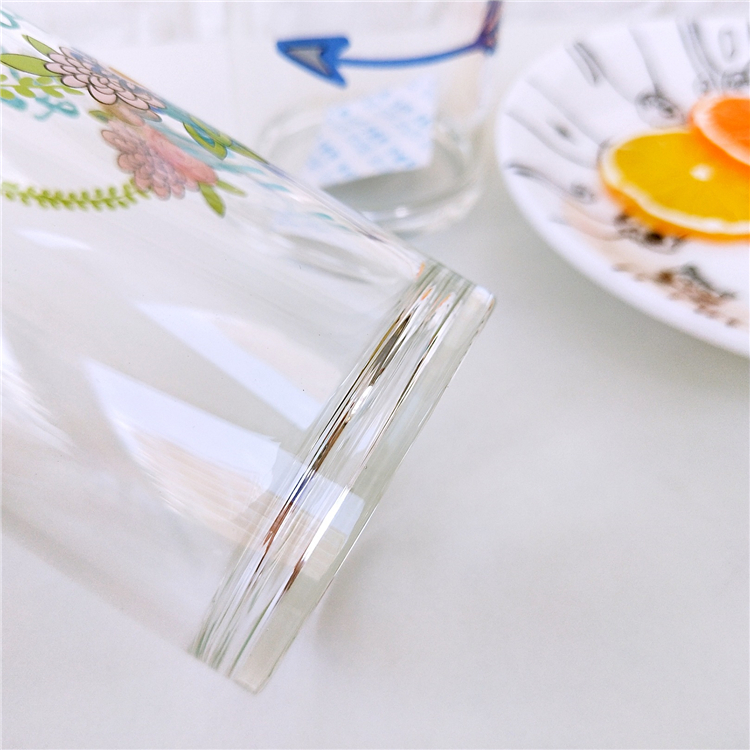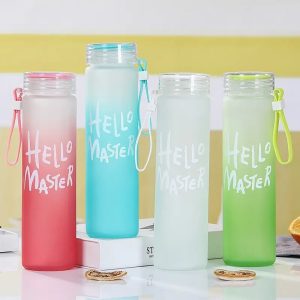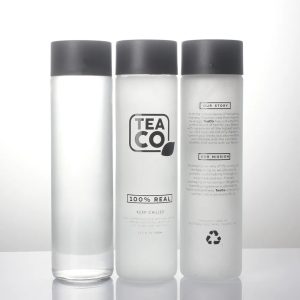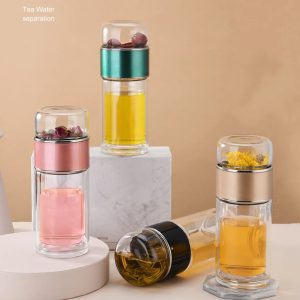Glass water bottles offer several advantages:
- Safety and Purity: Glass is inert and doesn’t leach harmful chemicals into beverages, ensuring the purity and taste of water remains intact.
- Environmentally Friendly: Glass is recyclable and can be reused multiple times, reducing environmental impact compared to single-use plastic bottles.
- No Odor or Taste Retention: Glass doesn’t retain flavors or odors from previous drinks, ensuring each beverage tastes as intended.
- Visual Appeal: Clear glass allows users to see the contents, ensuring proper hygiene and encouraging water consumption.
- Durability: High-quality glass bottles are resistant to scratches and can withstand temperature changes, making them suitable for various environments.
- Heat Resistance: Glass is safe for hot and cold beverages, allowing for versatile use.
- Easy to Clean: Glass is non-porous and easy to clean, preventing the retention of residues or stains.
- Health Considerations: Some believe that glass is a healthier alternative to plastic as it doesn’t contain harmful chemicals like BPA or phthalates.
Overall, glass water bottles provide a safe, eco-friendly, and visually appealing way to carry and consume beverages while ensuring the taste and purity of the drink.
Glass water bottles offer several advantages:
- Safety: Glass is inert and doesn’t leach chemicals into beverages, ensuring the water remains pure and untainted.
- Eco-Friendly: Glass is recyclable and reusable, reducing environmental impact by minimizing single-use plastic consumption.
- Preserves Taste and Purity: Unlike plastic or metal containers, glass doesn’t retain flavors or odors, preserving the natural taste and purity of water.
- Visual Appeal: Clear glass allows for easy monitoring of water quality and cleanliness, encouraging regular consumption and hygiene.
- Durability: High-quality glass bottles are resistant to scratches and temperature changes, providing a long-lasting option for carrying water.
- No Chemical Interactions: Glass doesn’t react chemically with water, ensuring that no unwanted substances are introduced into the beverage.
- Easy to Clean: Glass is non-porous, making it easy to clean without retaining residues or odors.
- Health Safety: Glass is considered a safe material for food and beverage storage, devoid of harmful chemicals like BPA or phthalates that may be found in some plastics.
- Suitable for Hot and Cold Beverages: Glass water bottles can safely contain both hot and cold beverages without compromising the integrity of the material.
These advantages make glass water bottles a popular choice for those seeking a safe, environmentally friendly, and visually appealing way to carry and consume water.
Packaging methods for glass water bottles vary based on factors like transportation, protection, and presentation. Several common packaging methods include:
- Shrink Wrapping or Sleeving: Bottles might be wrapped in a heat-shrink plastic film or sleeved with a label that covers the entire bottle or a portion of it. This method protects the bottle’s surface, displays branding, and provides product information.
- Dividers and Partitions: For bulk transportation, bottles are often placed in dividers or partitions within larger boxes or crates. This prevents bottles from clinking against each other, reducing the risk of breakage during transit.
- Cardboard Packaging: Glass water bottles are often packed in cardboard boxes or cartons that securely hold multiple bottles. These boxes provide additional protection and ease of handling during shipping.
- Bubble Wrap or Cushioning Materials: To prevent damage from impacts, bottles may be wrapped in bubble wrap or cushioned with materials like foam or paper inside their packaging.
- Tamper-Evident Seals: Caps or closures on glass water bottles often come with tamper-evident seals to ensure the integrity of the product and indicate if the bottle has been opened or tampered with.
- Palletization: For bulk shipping, bottles are stacked on pallets, secured with straps or shrink wrap to ensure stability during transportation.
- Custom Branding and Labels: Labels or printing directly on the glass surface can display branding, product information, and regulatory details, enhancing the bottle’s appearance and informing consumers.
- Protective Coatings: Some glass bottles may have protective coatings to improve durability, prevent scratches, or enhance aesthetic appeal.
These packaging methods aim to protect glass water bottles from damage, ensure product integrity, comply with safety regulations, and enhance their presentation for consumers. Each method is tailored to safeguard the bottles during storage, transit, and display while maintaining the quality and safety of the product.
